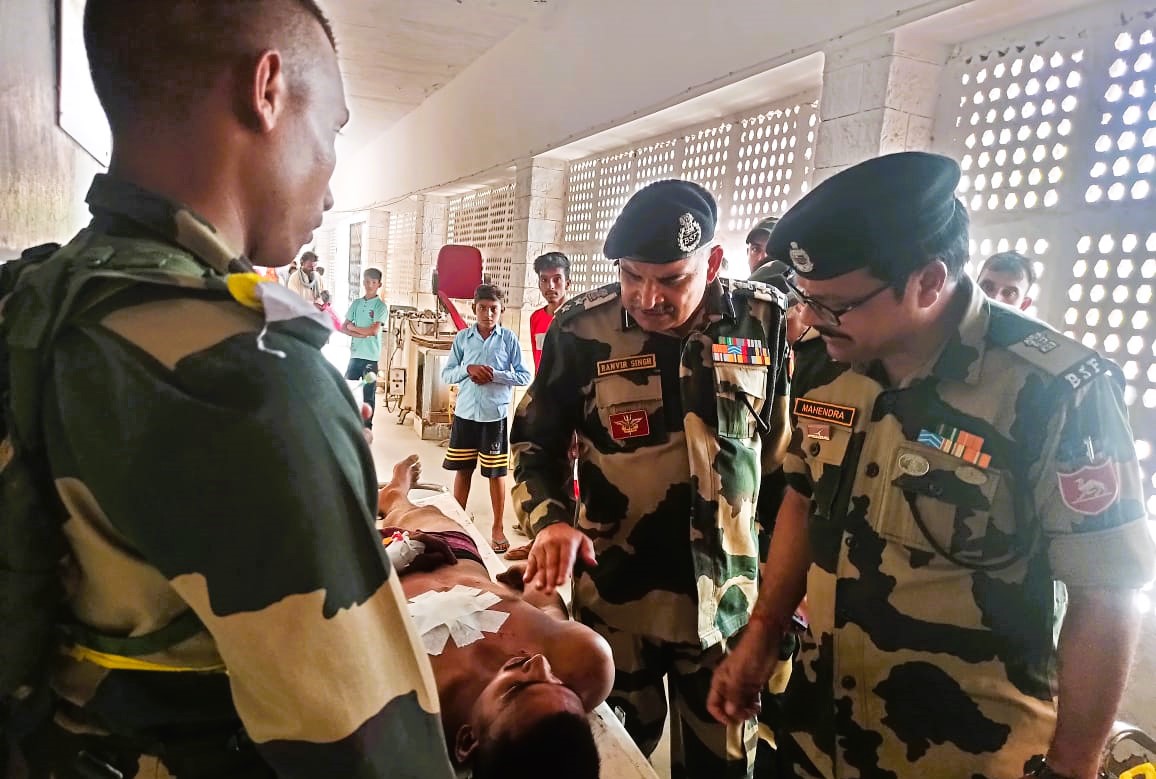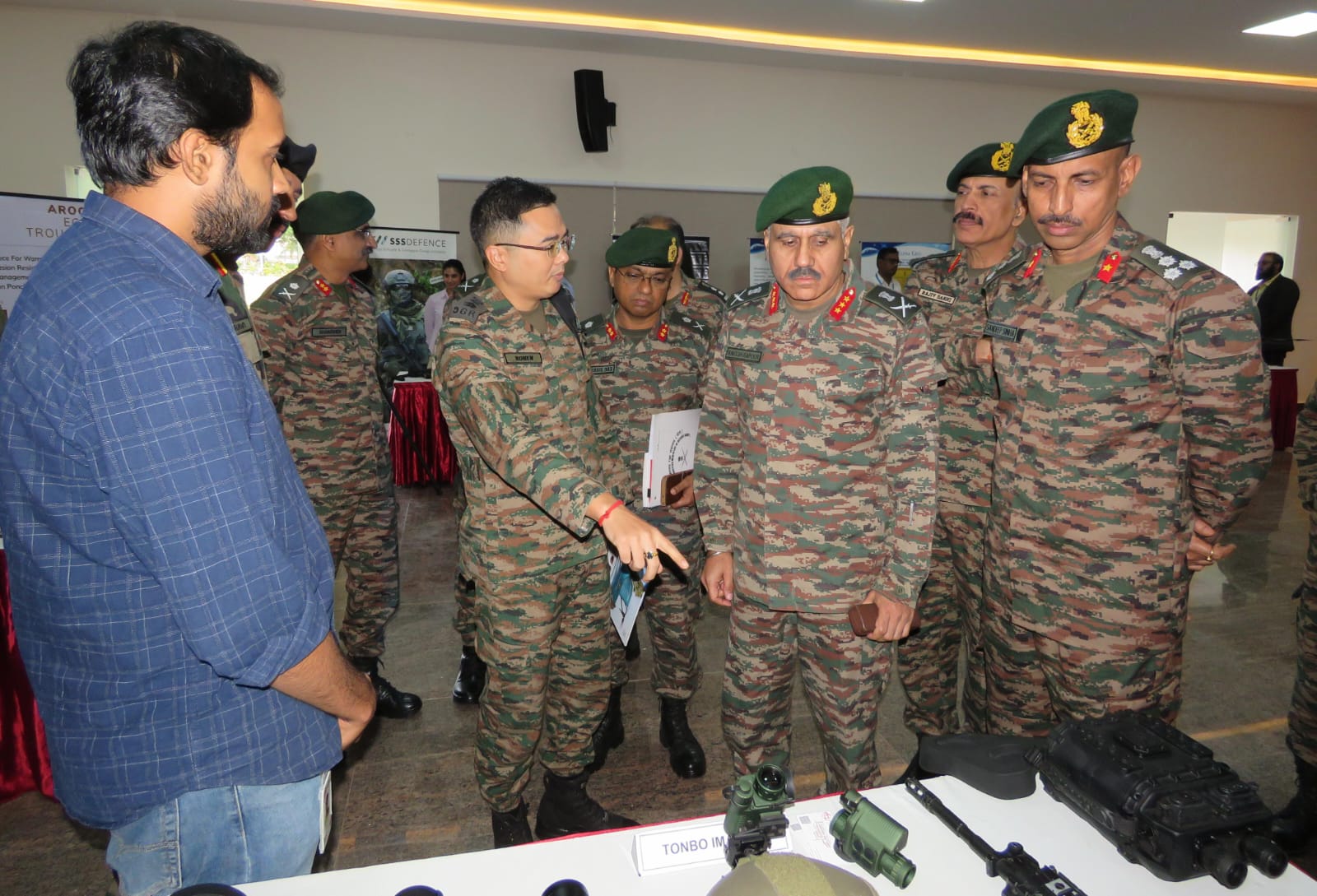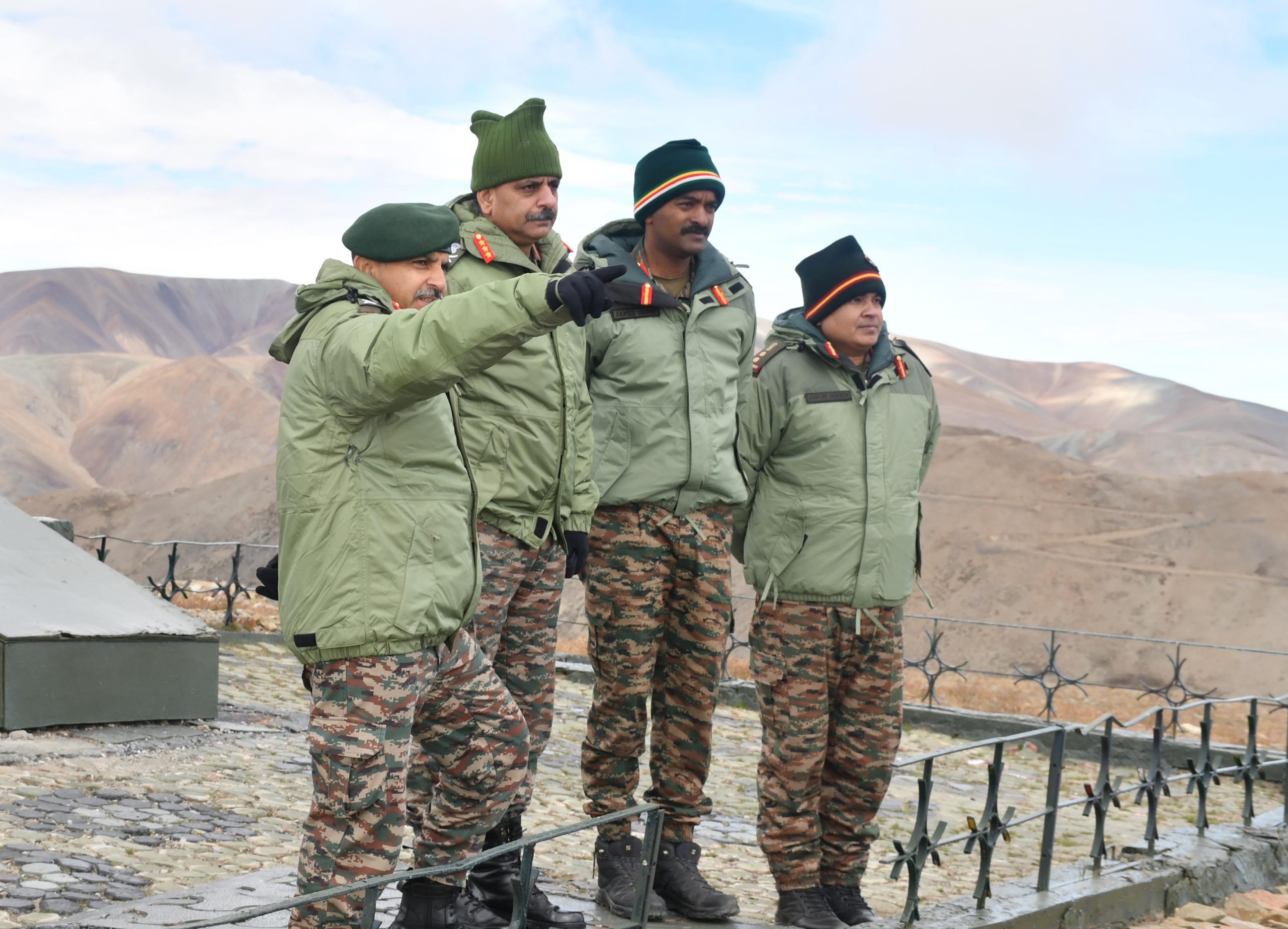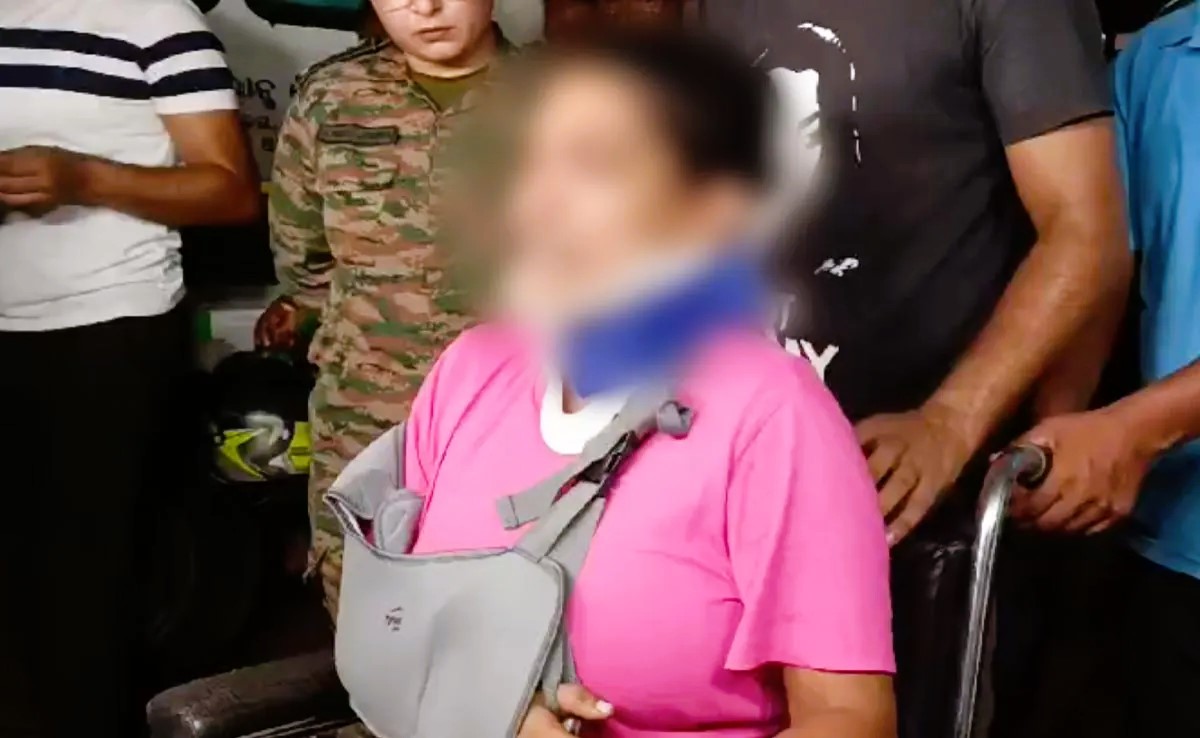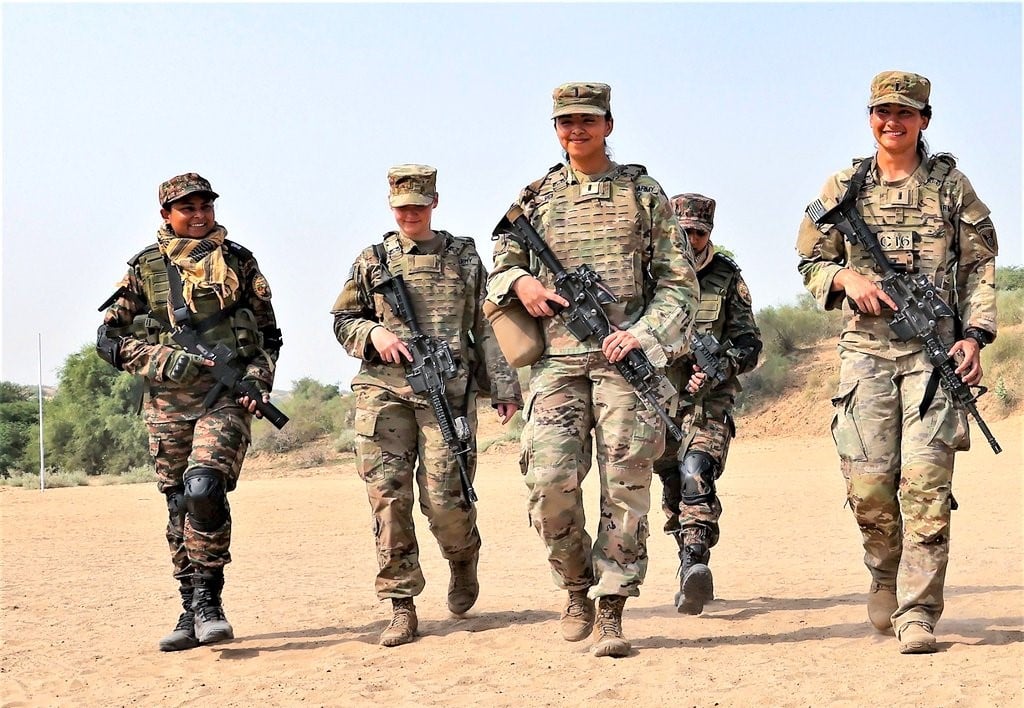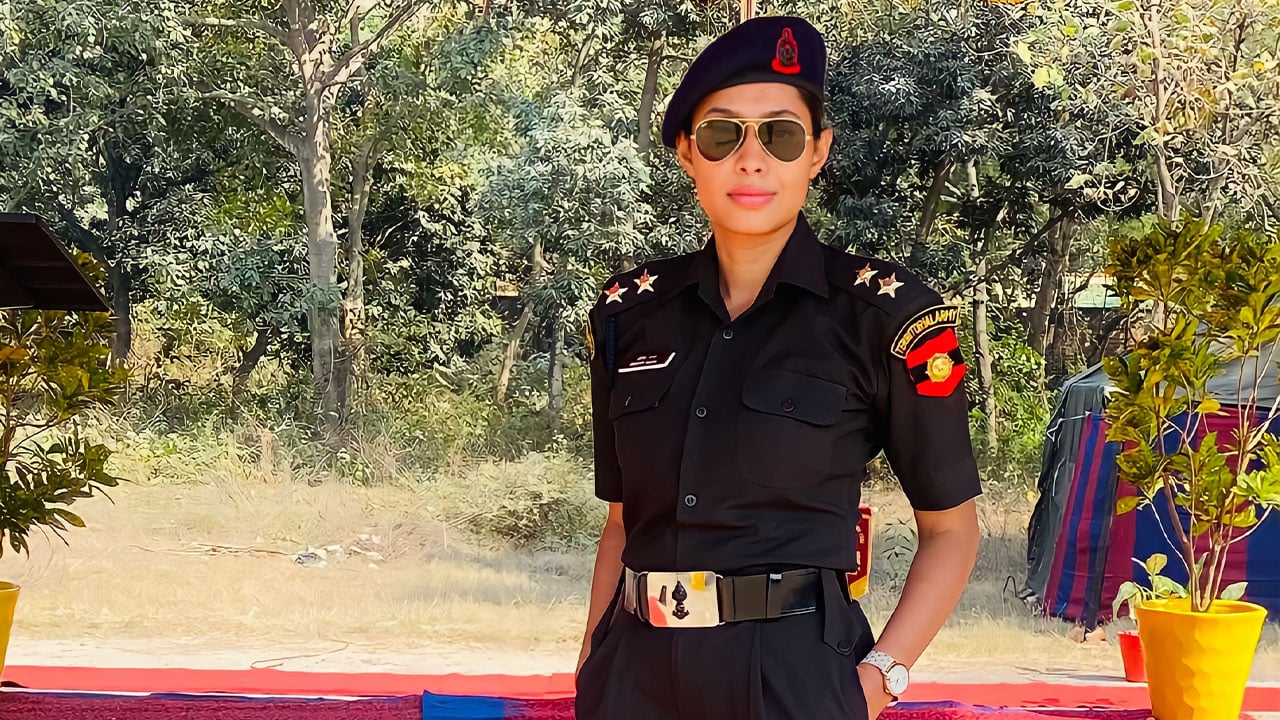3 BSF Personnel Lost Their Lives and 32 Suffered Injuries in a Bus Accident
Three BSF personnel lost their lives and 32 others were injured when a bus carrying them veered off a hilly…
Indian Army Hosts AI Thought Forum to Boost Defense Capabilities through Technology
In a significant move towards embracing digital transformation, the Indian Army, in collaboration with leading industry experts and academia, conducted…
Lt Gen Zubin A Minwala Reviews Operational Preparedness in North Sikkim
Lieutenant General Zubin A Minwala, AVSM, YSM, General Officer Commanding (GOC) of Trishakti Corps, recently visited units deployed in the…
5 Odisha Cops Suspended After Alleged Assault on Army Officer and His Fiancée
In a significant development, the Odisha Police has suspended five officers, including the Inspector-in-Charge (IIC) of Bharatpur Police Station, following…
Women Officers Of Indian and U.S. Army Trained Together in Joint Exercise Yudh Abhyas 2024
In a significant demonstration of international cooperation and women empowerment, women soldiers from the Indian and US Armies showcased exceptional…
Meet Lieutenant Deepti Rana, First Woman Territorial Army Officer (Non Departmental)
In 2016, I stumbled upon a news article featuring MP Shri Anurag Thakur in an olive green uniform, which piqued…

